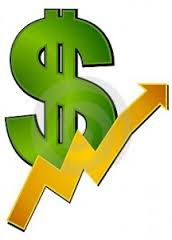
The Federal Reserve delivered the widely expected hike yesterday. A year ago it suggested four hikes in 2016 were likely appropriate. The market never accepted that, and as the year progressed many derided it. Yesterday the Federal Reserve’s projections anticipated three hikes next year instead of the two anticipated in September. Â
The distribution of the forecasts illustrates what happened. In September, seven of the 17 members expected Fed funds would finish 2017 in the 1.25%-1.50% or higher. Yesterday 11 did. In September, 10 expected that Fed funds would finish 2017 1.0%-1.25% of lower. Now six do. Â
Yellen made two important points that ought not to be lost. First, she noted that the change in the median forecast was small and was the result of a few members changing their forecasts.Second, and arguably more important, some but not all the participants incorporated changes in fiscal policy. This gives meaning to the old saw about a camel being a horse made in committee. We did not anticipate a change in forecasts based on fiscal policy that is impossible to make any judgments. It is not just about size, but they simply contribute the disparity of income and wealth or do they lift the growth potential.  Â
What changed in the market’s reaction function is that the rise in US rates was an adjustment in the real rate. That is to say that it appears that inflation expectations did not change.Here we measure inflation expectations by the 10-year breakeven rate (inflation-linked bond yield and the conventional bond yield).For example, the 10-year US yield is up 14 bp on the week.The 10-year break-even is down three basis points this week. Â
There are several other developments today, though the dollar’s rally and bond sell-off appear driven by the Fed. Equity markets are more mixed, with Asia following the US lower, and Europe is mostly moving higher.Â

